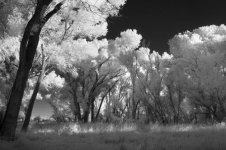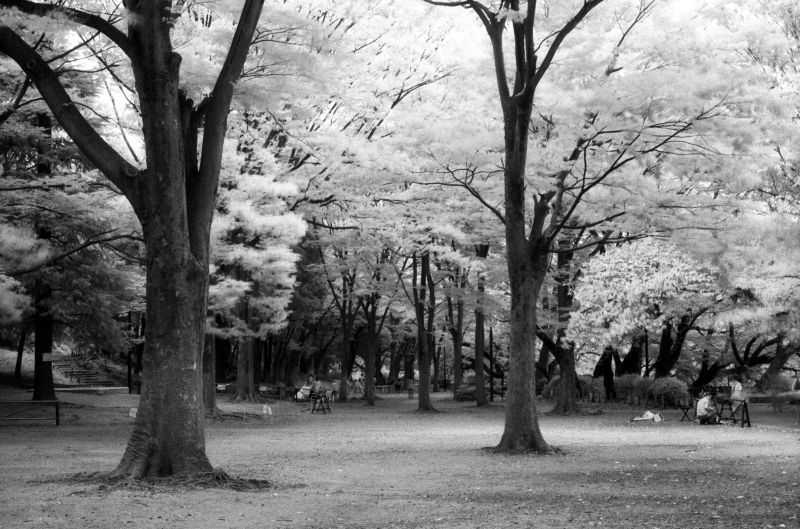sevo
Fokutorendaburando
Also, does anyone know to what wavelength refers the IR marking on Leica lens or in general?
The popular filters I had in HIE days were 820nm, and the film went on to 950, so I'd expect the marks to be tuned towards wave lengths rather beyond the scope of current film...
With digital - or HIE - you'd also have to factor in the dominant wave length of your illumination. The full 700-950 of HIE is a broader range than the entire visual band (and sensors go past 1000), so you may end up considerably off even when the filter matches the mark, so that means trial-and-error.






